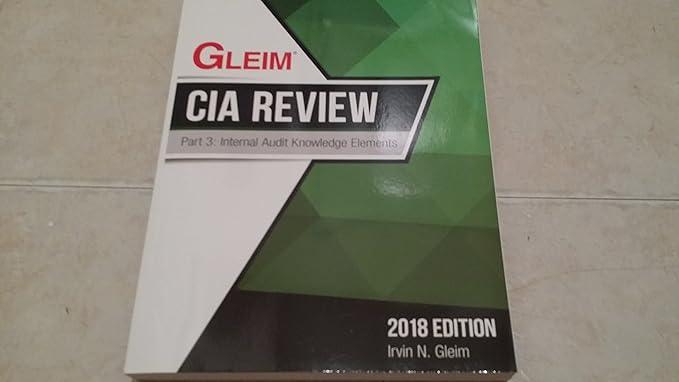Question
Question 1 You decide to volunteer at NNN, a local NPO that helps provide food and shelter to lower income individuals in Ottawa. Your first
Question 1
You decide to volunteer at NNN, a local NPO that helps provide food and shelter to lower income individuals in Ottawa. Your first day the NPO, the executive director meets with you and provides you with some information about the previous year:
She mentions that the Organization uses the encumbrance method (except for salaries) to keep an eye on expenses. These are closed every year-end.
The organization wishes to continue presenting net asset invested in capital asset separately.
The organization has an accounting policy of capitalizing and amortizing its capital assets straight line.
She provides you with the following accounting information:
Opening trial balance (January 1, 2020):
Assets
Cash 5,000,000
Money Market Investments 1,000,000
Pledges Receivable 450,000
Allowance for Uncollectible pledges (79,000)
Grants receivable 450,000
Land & Building 140,000
Furniture and machinery 40,000
Accumulated Amortization (120,000)
6,881,000
Liabilities
Accounts Payable 650,000
Loan Payable 19,000
Accrued Liabilities 56,000
Deffered contributions - House now! 1,500,000
Deffered contributions - Furniture 1,230,000
Deffered contributions - Clothes 1,513,000
4,968,000
Fund Balances
Invested in Capital Assets 864,000
Endowment 230,000
Unrestricted 819,000
1,913,000
While going through the bank statements, you notice the following transactions. The Executive director confirm to you that they were not yet recorded in the books of the organization:
1) NNN receives an endowment of $500,000 from the mayor of the City. They gave instructions that this cash should be invested in money market funds (investment account). Any investment income earned can be used to pay for expenses of the House-now! program. Investment income relating to this endowment was $150,000 for the year.
2) NNN held their annual fundraisers right before COVID was declared a pandemic. No cash was collected but pledges of $800,000 were received. Per reliable historical experience, 30% of these pledges are usually not collected. A few days after the fundraiser, some pledgers contacted NNN to mention that COVID-19 has put them in a precarious financial situation and a such they were cancelling their pledges. These represents 10% of the pledge balance that existed as of January 1, 2020
3) On February 1, the organization buys more hotels for $2,000,000. Half came from the housing now! restricted funds. The remainder came from unrestricted resources. The hotels are the only depreciable asset that NNN has ever bought with restricted resources.
4) The depreciation for the year was $900,000. A third of that amount related to the depreciation of assets bought with restricted resources (House now!).
5) The on-set of COVID-19 brought some uncertainty surrounding the on-going viability of NNN. As such, the executive director would like to understand how encumbrances work with an example (just write the entries). Here is the example to use to explain: In 2020- orders estimated to $650,000 were issued for the purchase of goods and services. Invoices of $443,000 were received on orders that were initially recorded at an estimate cost of
$566,000. 20% of these invoices were unpaid at the end of the year. The invoices were equally split between the deferred programs.
6) Salary expenses for the year amounted to $900,000. 5% remained unpaid at year-end.
Required (Please show calculations)
a) Prepare the journal entries for the organization for the 2020 year under the deferral method & the restricted fund method
b) Prepare the Statement of Operations, the Statement of Financial Position, and the Statement of Changes in Fund Balances for the 2020-year under the deferral method only.
Step by Step Solution
There are 3 Steps involved in it
Step: 1

Get Instant Access to Expert-Tailored Solutions
See step-by-step solutions with expert insights and AI powered tools for academic success
Step: 2

Step: 3

Ace Your Homework with AI
Get the answers you need in no time with our AI-driven, step-by-step assistance
Get Started


